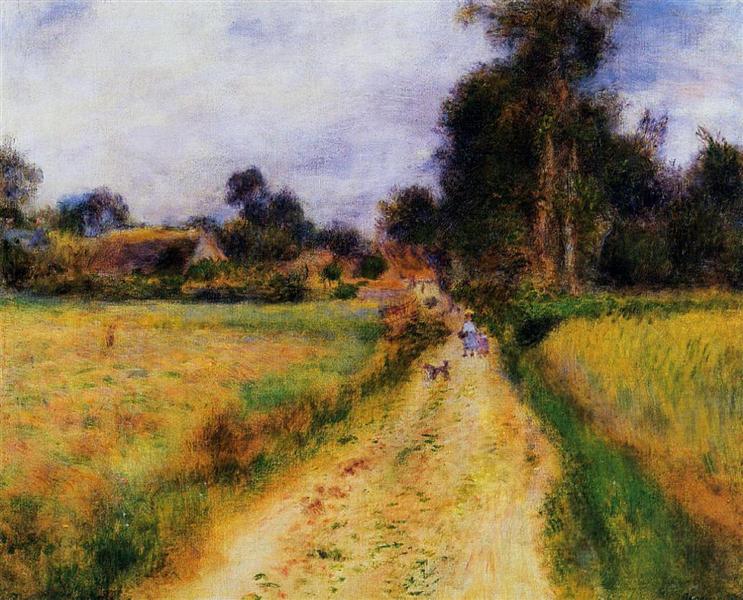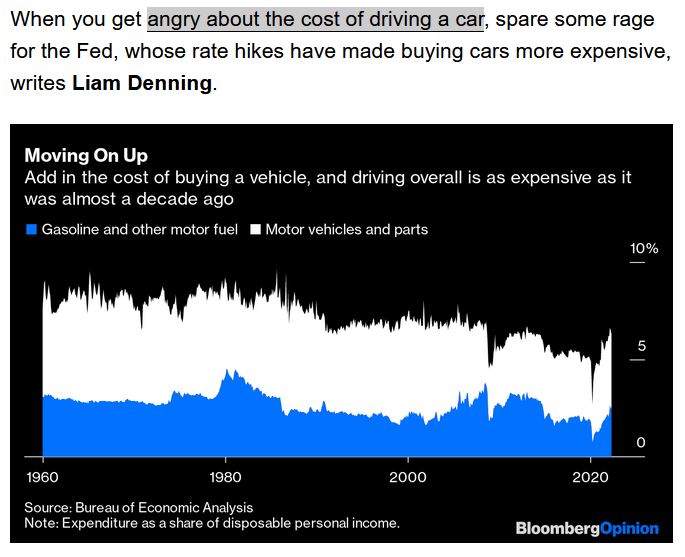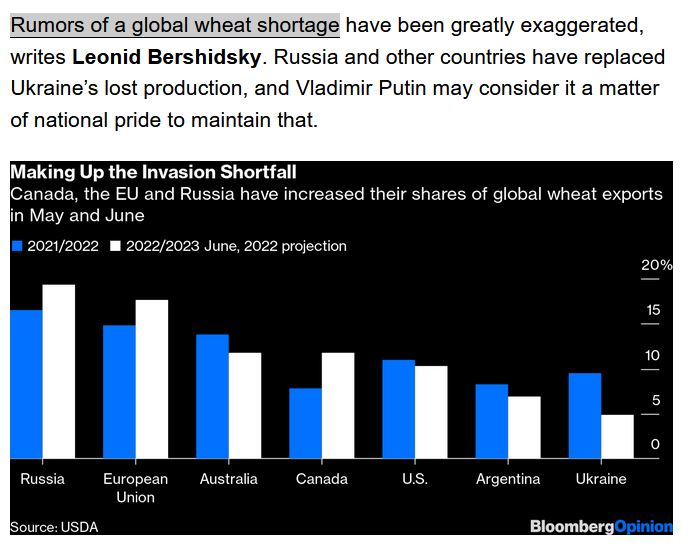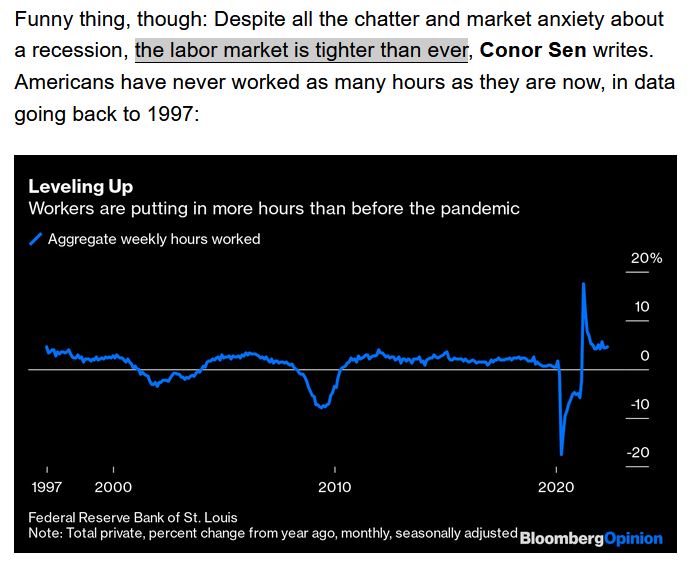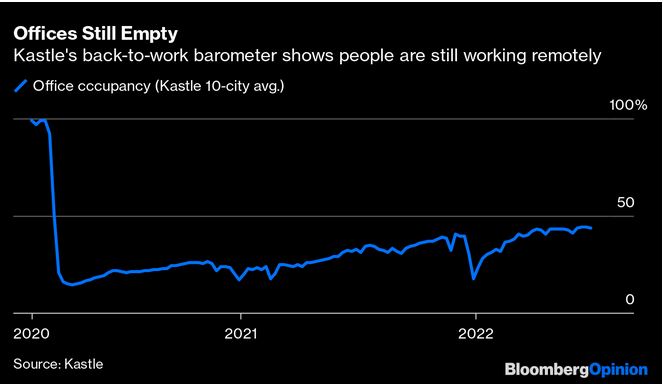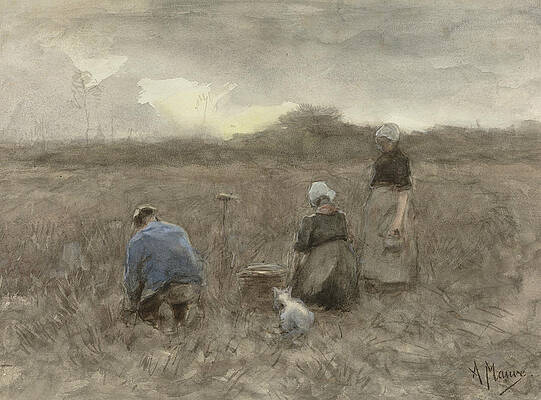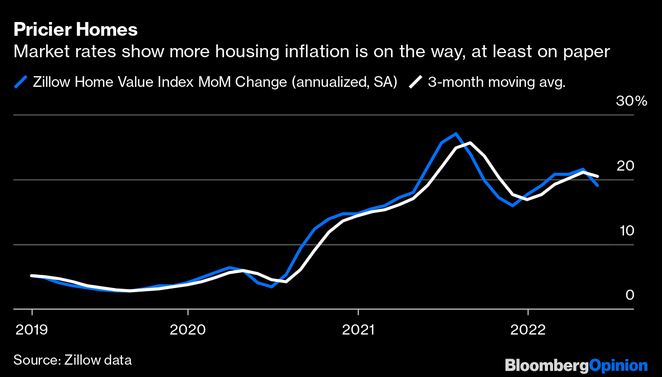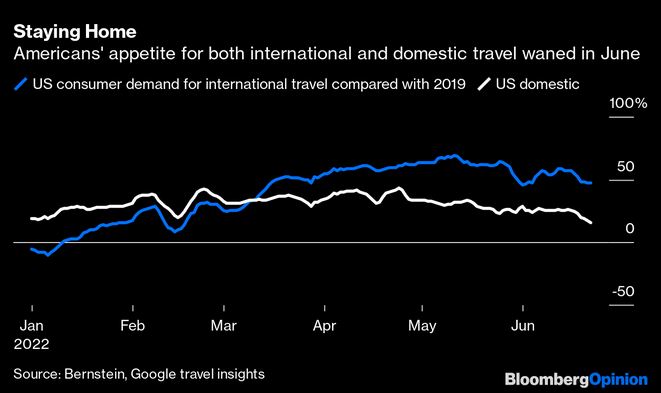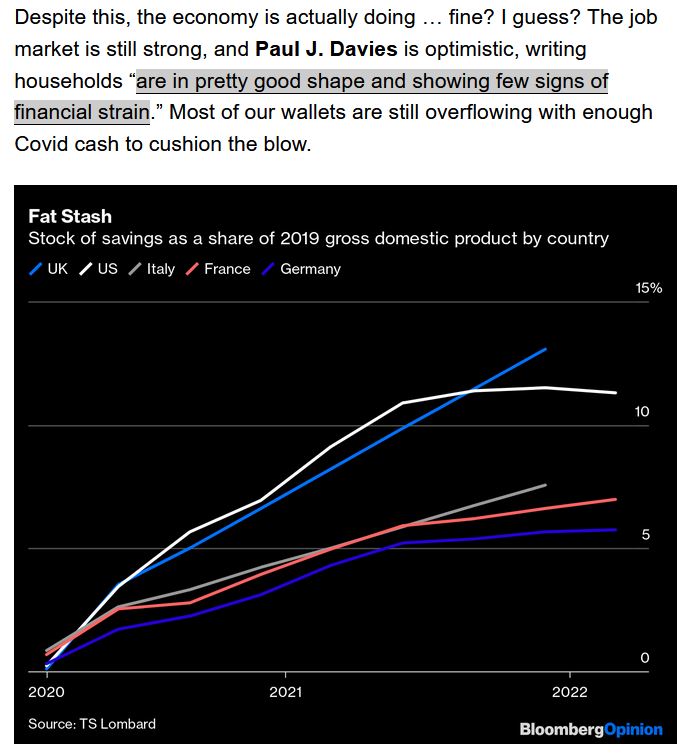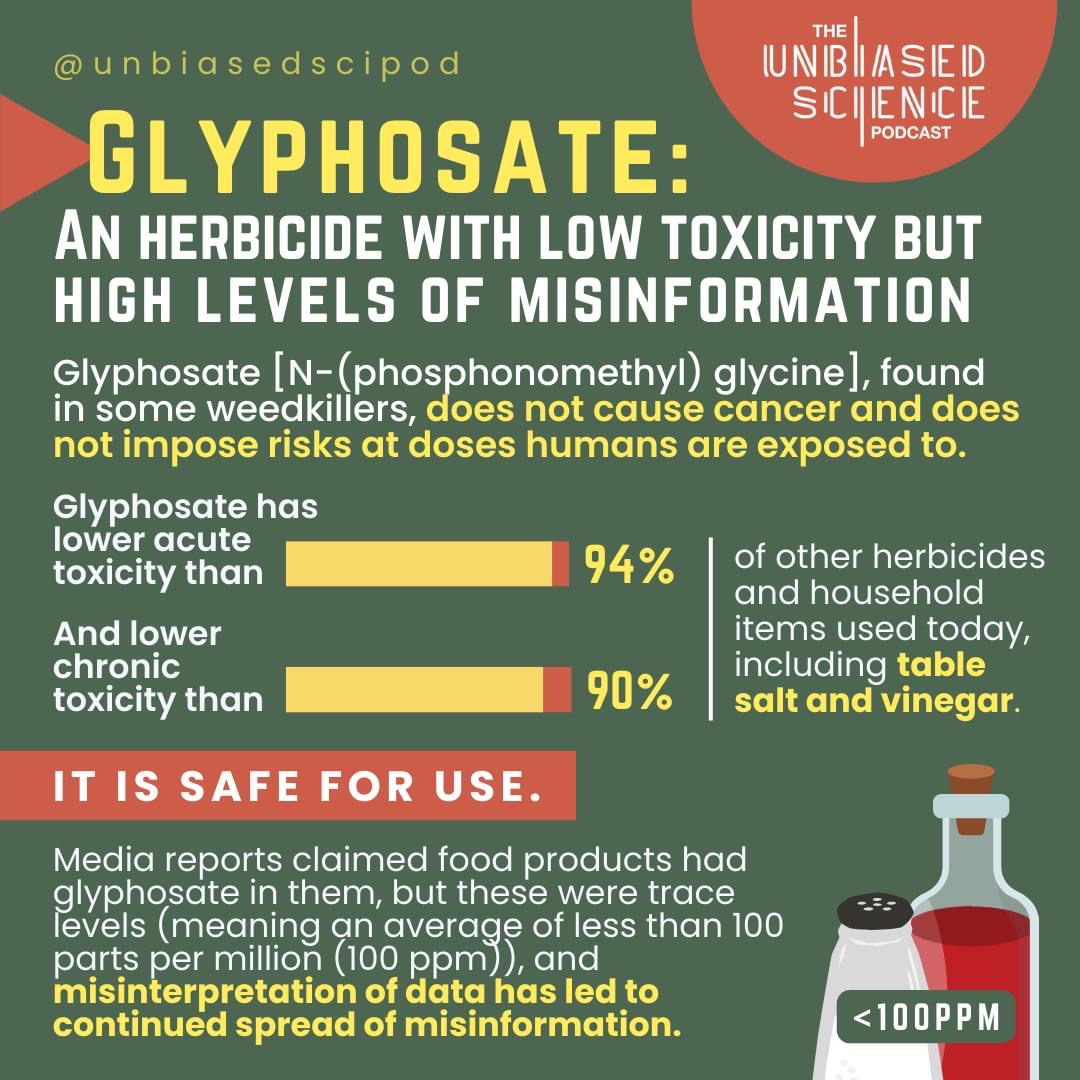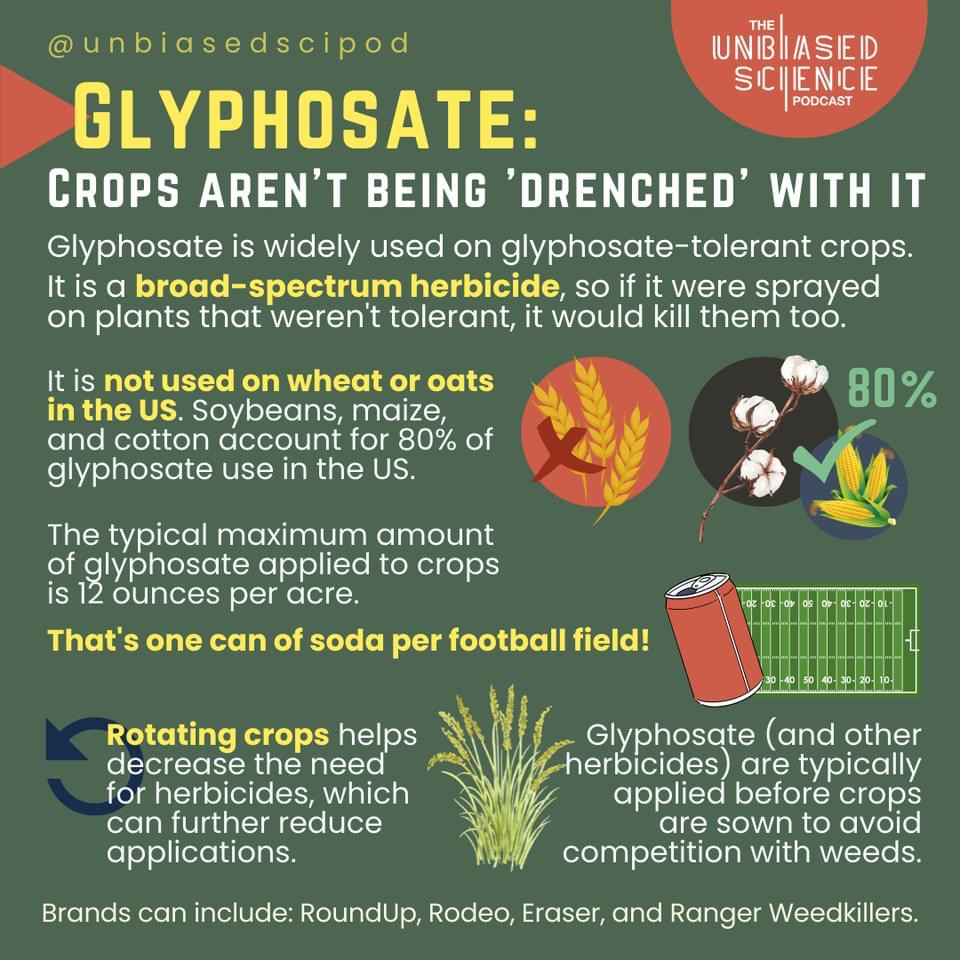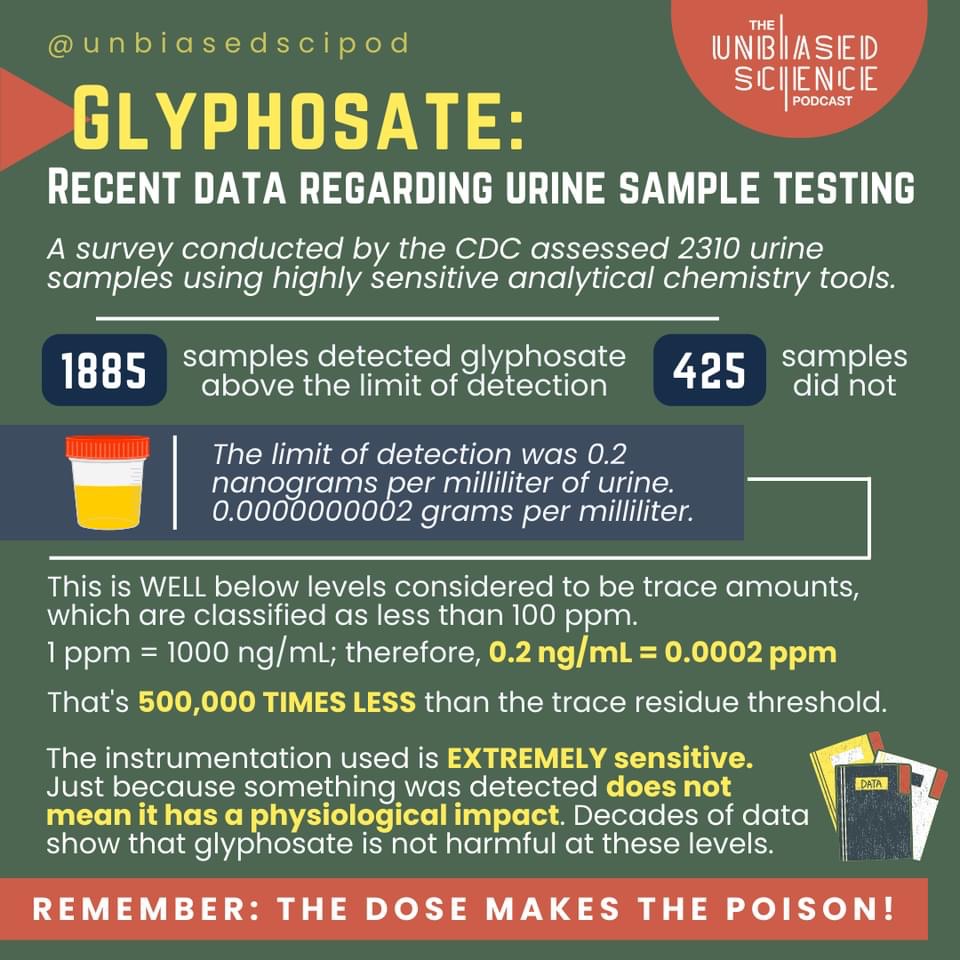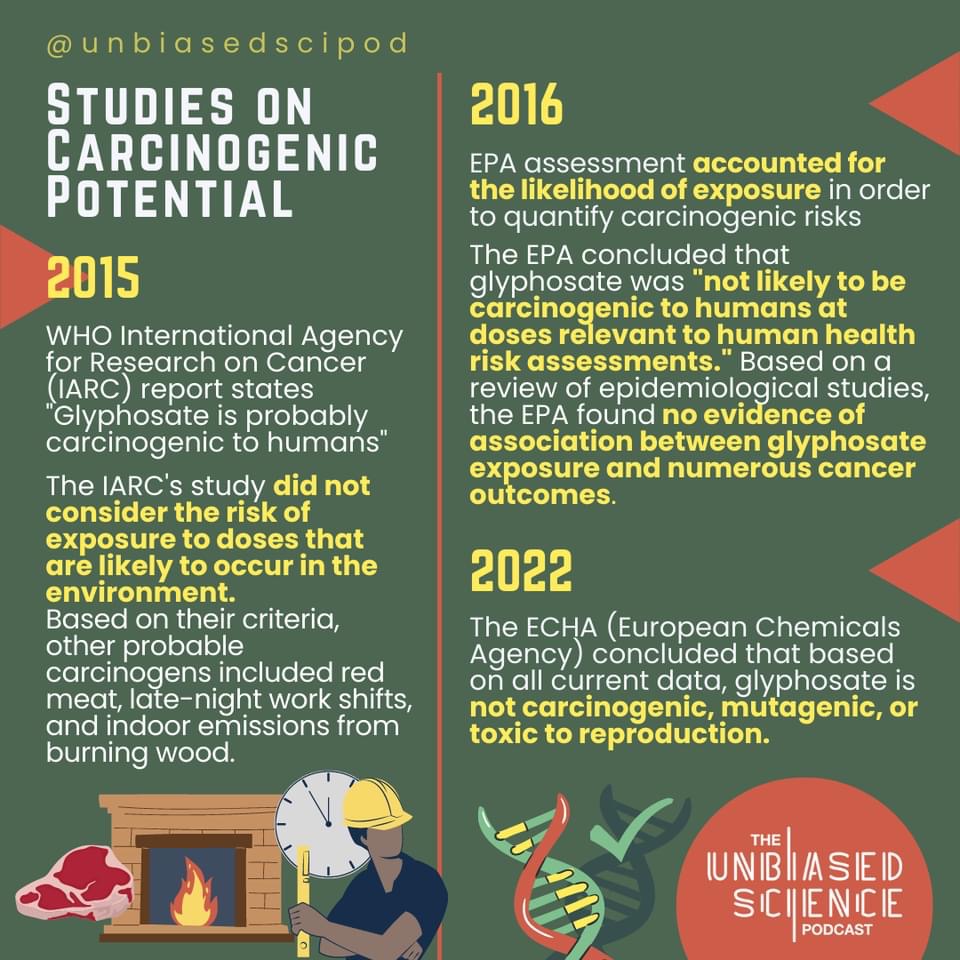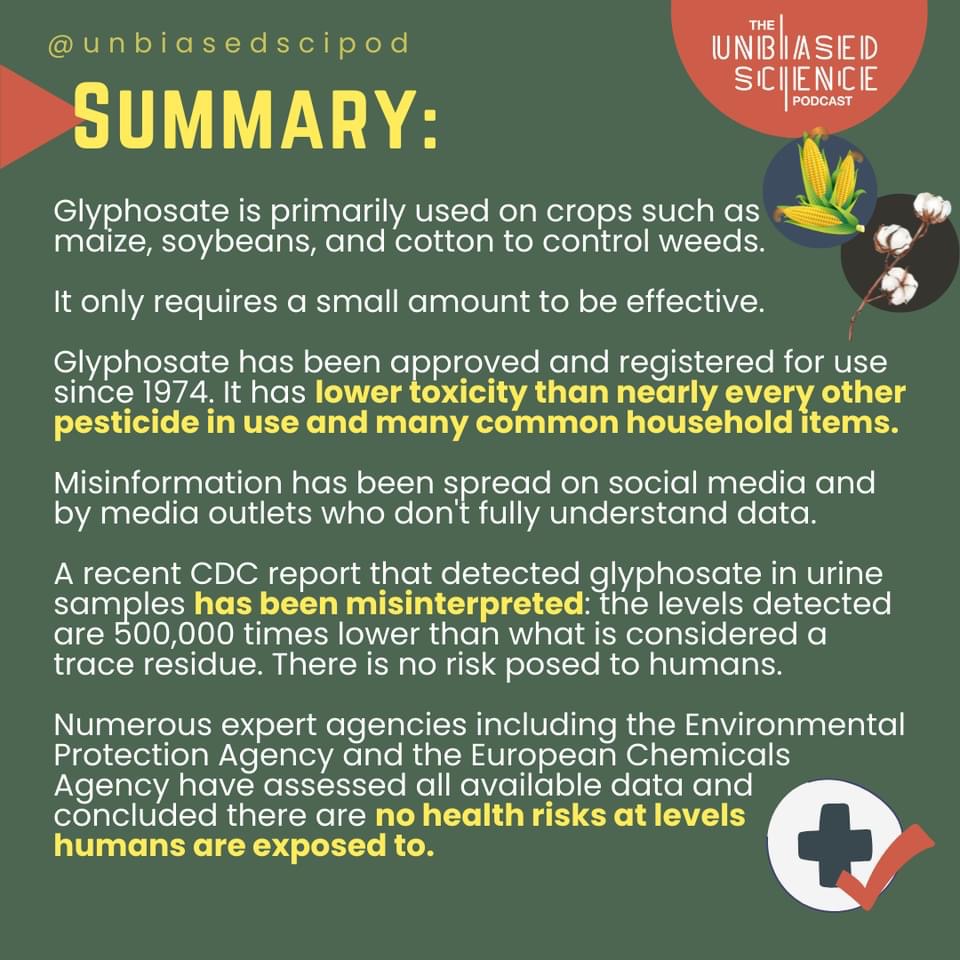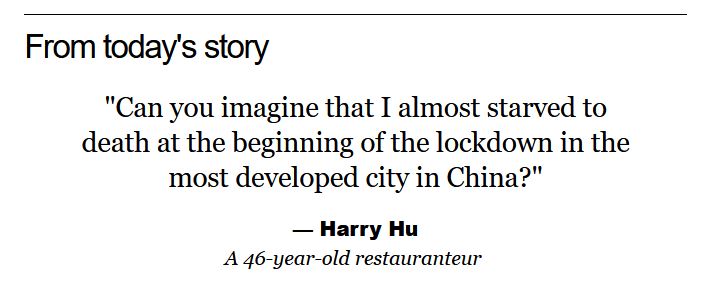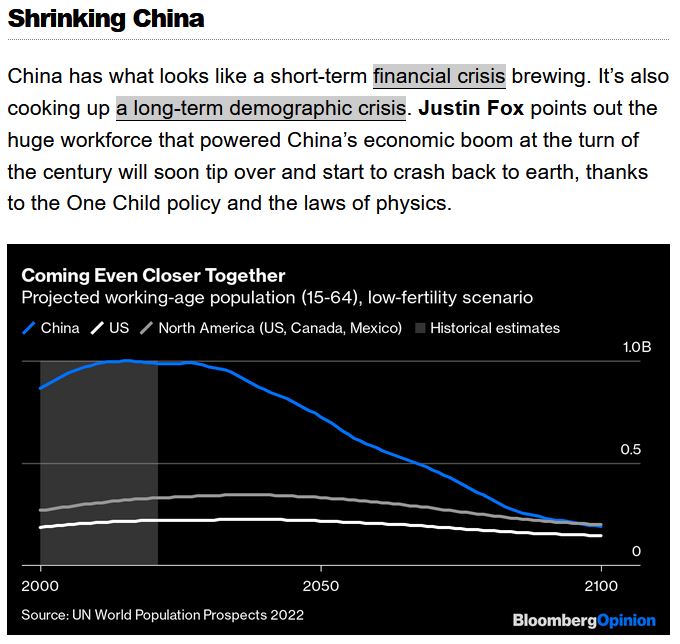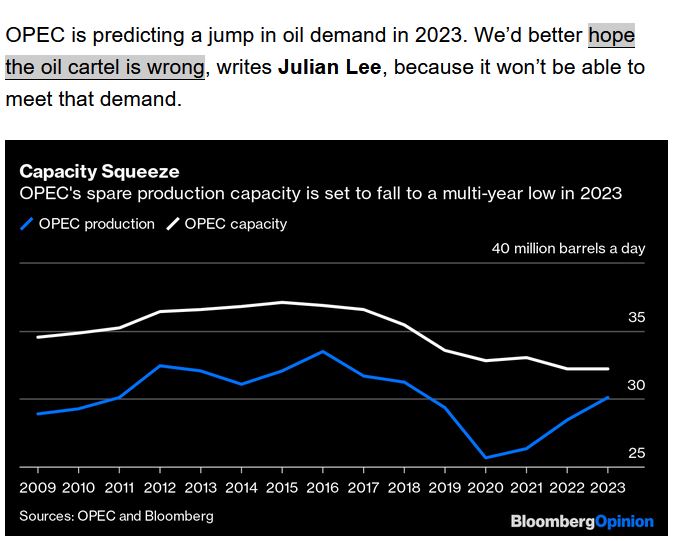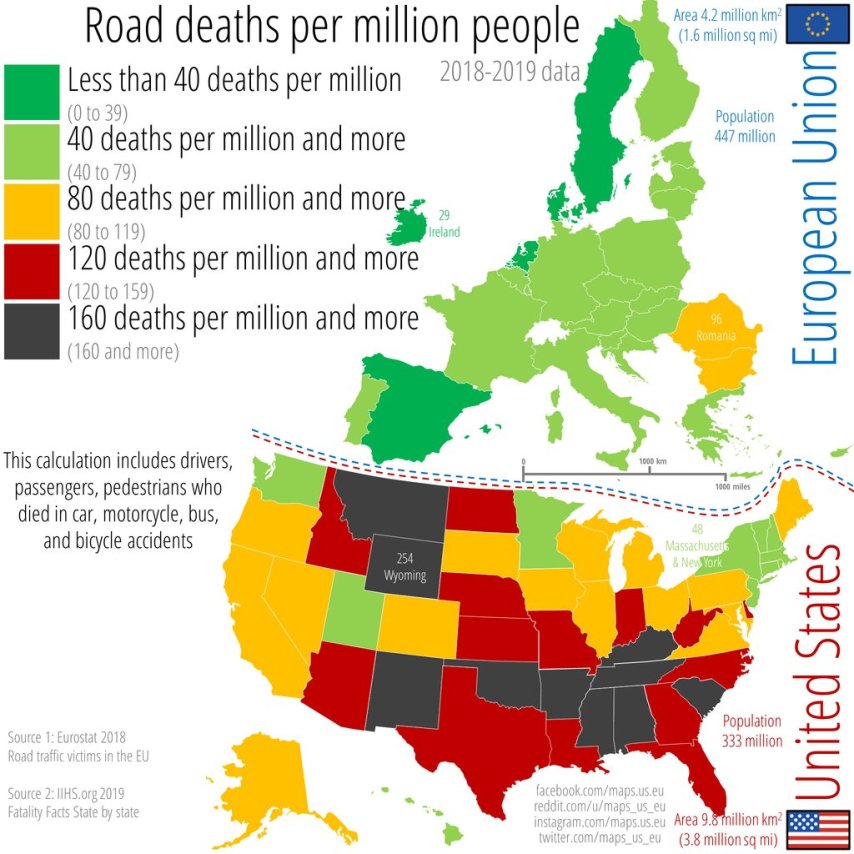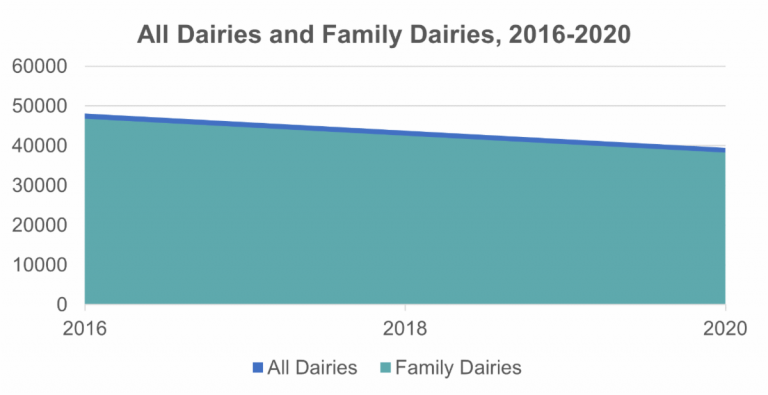|
You
can also view the message online
|
||||||||||||||||||||||||||||||||||||||||||||||||||||||||||||||||||||||||||||||||||||||||
 Châtenay-Malabry (FR - 92290), July 25, 2022 EFITA newsletter / 1049 - European Federation for Information Technology in Agriculture, Food and the Environment The informatique-agricole.org site offers you the possibility of subscribing the RSS feeds of its two newsletters See RSS feeds to implement to ensure that you continue to receive this newsletter To unsubscribe this newsletter, please contact me directely: guy.waksman(a)laposte.net if this link Unsubscribe does not work. 
To correspond with me (GW), please use this address: guy.waksman(a)laposte.net To subscribe the efita newsletter (please ask your friends and colleagues to test this link) Efita Newsletters subscription Before computers: Massey Ferguson 35-65 Weekly newsletters about ICT in Agriculture in English and French Both newsletters have around 14000 subscribers. >>> Last weekly EFITA Newsletters in English (created in 1999) Efita Newsletters >>> Last weekly AFIA Newsletters in French (created more than 20 years ago in 1997) Afia Newsletters >>> Statistics for the last efita newsletter >>> Last issue of the afia newsletter >>> Last available satistics for the afia newsletter Les moissonneurs par Pierre Auguste Renoir
Guinea worm disease is close to being eradicated – how was this progress achieved? Guinea worm disease is a painful and debilitating disease that was once common in Asia, the Middle East, and many countries in Africa. In 1989, over 890,000 cases were recorded worldwide. In 2021, the number of cases worldwide had fallen to just 15. Guinea worm disease is now close to being eradicated. Although there is no vaccine, this much progress has been possible because we know how to prevent the disease's spread: by preventing people from drinking contaminated water. The eradication program has therefore focused on water treatment and filtration, public education, and providing safe sources of drinking water. In this article, we explain what guinea worm disease is, which countries have eliminated it, and the challenges that remain to eradicate the disease once and for all.
Q2 2022 AgTech Venture Capital Investment and Exit Round Up While last year rapid growth was enough to attract investors or explore an exit, the focus this year has been on showing a clear path to profitability. See globalagtechinitiative.com BASF Collaborates with PASQAL to Predict Weather Patterns BASF will explore how quantum computing can improve complex weather modeling applications. See globalagtechinitiative.com Fyto Raises $15M to Scale Production of Aquatic Superplants Through Automation Fyto has developed hardware and software systems that automate and scale the production of highly nutritious aquatic plants. See globalagtechinitiative.com The Farm, par Pierre-Auguste Renoir
How did we see the future yesterday?? See the incredible collection developed by Alain Fraval Confirmed COVID cases: where are they rising or falling across the world? Daily data on confirmed COVID cases does not necessarily refer to cases that occurred on that day — but to the cases reported on that day. Since reporting can vary significantly from day to day irrespective of actual variation in cases, it is helpful to look at changes from week to week. This provides a slightly clearer picture of where the pandemic is accelerating or slowing down. The map here shows the percentage change in the number of confirmed cases in the last seven days relative to the number in the seven days before that.
Precision Biocontrol Biological controls, aided by new precision technologies, are reaching new heights in the field. See globalagtechinitiative.com Bushel Platform Now Integrates with EFC Systems Merchant Ag ERP This integration will allow agribusinesses to provide real-time business information through Bushel’s digital tools. See globalagtechinitiative.com Four bulls, by Paulus Potter
Futurefarming.com > How safe is farmers’ data if FBN goes public? Many of the FBN-members share data with each other. How might this data be handled if the company goes public? > Tech in focus: VDI conference: are farmers ready for a booming field robot market? And what do manufacturers and distributors do to speed up adoption and how does legislation help or hurdle? > Tech in focus… Video: Experienced French robot with hoeing machine The 2017 Dino, from French manufacturer Naïo, was one of the first fully electrically powered field robots on the market. During the Dutch Future Farming Food Experience, twelve field robots and implements for precision hoeing showed what they are capable of. > Crop solutions: ‘Urine could be an alternative to chemical fertilisers’ Researchers at the OCAPI research program in France say human urine could be a valuable alternative to chemical fertilisers. > Smart farming: Field Trials Podcast – Reliable, rapid, and reproducible field data | Part 1 What farmers need from next-generation agronomic tools, with Raj Khosla, precision agriculture expert and professor at Kansas State University. What’s required to remove all guesswork from soil and crop analysis? See futurefarming.com Futurefarming.com: Smart farming community Usually, our view is towards the future. Today we look back into the past to see which articles were the most read last month. What does our community like? What helps them improve their work? This Top 3 gives you an idea of what our community likes to read. In case you missed out on these articles, have a look: >> 6 of the best budget GPS guidance systems More and more industries are making use of the cheap-but-reliable technology offered by tablet computers and smartphones. >> Yannick Robiglio: “Field robot gives me back control over my time” The Vitibot Bakus is a viticultural straddle robot that integrates a wide range of modular tools. After careful consideration, French wine grower Yannick Robiglio decided to buy one. = >> App turns smartphone into a cheap tractor guidance system https://www.futurefarming.com/smart-farming/tools-data/app-turns-smartphone-into-a-cheap-tractor-guidance-system/ A steering guidance lightbar that connects wirelessly to an iPhone or iPad is designed as an entry-level device for farmers wanting to improve spraying, fertiliser spreading etc. Are you not able to read some of these articles? That is probably because you don't have a subscription yet. La prairie (1652), par Paulus Potter
Meet the Founder: By digitizing ag, Verquor aims to make credit accessible for every farmer in Mexico, AFN, by Jennifer Marston= Latin America’s agricultural sector is highly informal. Farmers pay for crop inputs via all-cash transactions and get paid for their harvest in the same manner. These informal processes with no data have several significant consequences, one being farmers’ lack of access to formal financial services. Around 90% of farmers in Mexico do not qualify for traditional lines of credit, says Hugo Garduño Ortega, CEO and co-founder of ag fintech startup Verqor. Without credit, most small to medium-sized farmers can’t access the new agtech tools becoming available, from precision ag software to more sustainable inputs. Ortega and his co-founders started Verqor in Mexico in 2019 as a way of bringing more formal processes and data to agricultural operations in Mexico to connect farmers with credit and access to buyers and markets. Below, Ortega [HGO] and Verqor COO Valentine Rogacheva [VR] share with AFN how the Verqor platform works, the benefits it brings to farmers, and how the company hopes to accelerate the adoption of agtech in Mexico and Latin America. .../... See agfundernews.com Crop2Cash is giving Nigerian farmers a pathway to financial inclusion, AFN, by Lucy Ngig Software developer Michael Ogundare witnessed a stark mismatch in his home country of Nigeria: the majority of local food production depended on smallholder farmers, but those farmers were unable to access financing to support food production for their local communities and other markets.= “Farmers were finding it difficult to get paid for what they were selling. We saw that if farmers were to get paid, the buyers would have to transfer the money to some random person with a bank account, who would have to cash out to distribute to the farmers,” Ogundare tells AFN. Ogundare launched Crop2Cash to provide smallholder farmers with an on-ramp to basic financial services.= Crop2Cash offers simple financial accounts linked to an e-wallet where farmers can receive payments, make purchases and track their financial transactions. The system runs on USSD, making it accessible to farmers who don’t have a smartphone.= …/… See agfundernews.com Le laboureur par Anton Mauve
Europe’s agrifood sector is building a pipeline of climate tech startups, AFN, by Jennifer Marston A recurring theme at AFN of late is that climate tech VC investment in Europe is still very much in its infancy, and that we need a lot more of it. The continent’s generally early-stage agrifoodtech ecosystem is blooming with startups addressing food-related climate challenges head-on. What’s needed: more growth and late-stage funding to get these technologies out of the lab and into the field (literally) at scale. One quick look at the top late-stage deals for 2021 European agrifoodtech startups underscores the point. Companies developing upstream technologies, or those closer to the farm or lab, were few and far between when it came to late-stage VC investments in Europe last year. According to data in AgFunder’s 2022 European AgriFoodTech Investment report, just one upstream company scored a $100-million-plus late-stage (Series D and after) round last year. Four others made it on the top 15 list, but with round sizes smaller than most of the top Series A and B rounds. .../...
Good faith, farm data & unjustified fears, LinkedIn, by J. Matthew Pryor As I have learned more about how the agricultural insurance industry works, I have become obsessed with a very simple idea at the heart of the insurance game, but is completely absent from conversations about farm data in agricultural supply chains. Uberimma Fides — there is no general requirement that parties to a contract act towards each other with utmost good faith. Insurance contracts, however, are part of a special category of contracts, those classified as uberrimae fidei, where parties do have that obligation towards one another [1] Uberimma Fides literally means utmost good faith, and it describes the assumption of how parties deal with each other in an insurance contract — with the utmost good faith, sharing all information that is relevant to their dealings — in both directions. This is both legally and practically a critical part of how agricultural insurance (and indeed all insurance) works. All parties must act with ultimate good faith in sharing information that impacts the pricing and efficient operation of products. It is understood that insurance needs to be at least a zero-sum game. Ideally, it should be a win-win game. But none of this can happen without the good faith of sharing data to ensure policies are priced properly, claims are assessed accurately, and so that underwriters and insurers can manage risk well. All parties lose if risk is not managed, and a short-term win for a policyholder will be to their own detriment in subsequent periods if underwriters fail or policy prices increase through fraud or mispricing of risk >>> Where is the good faith in supply chains? .../... See linkedin.com Driving a car not more expensive than 10 years ago
Exaggerated fear of a global wheat shortage
Humanity faces ‘collective suicide’ over climate crisis, warns UN chief, The Guardian, by Fiona Harvey= António Guterres tells governments ‘half of humanity is in danger zone’, as countries battle extreme heat .../... Guterres also sharply criticised the “multilateral development banks”, institutions including the World Bank that are funded by taxpayers in the rich world to provide assistance to poor countries. He said they were not fit for purpose when it came to providing the funding needed for the climate crisis, and that they should be reformed. He said: “As shareholders of multilateral development banks, developed countries must demand immediate delivery of the investments and assistance needed to expand renewable energy and build climate-resilience in developing countries. Demand that these banks become fit-for-purpose. Demand that they change their tired frameworks and policies to take more risk … Let’s show developing countries that they can rely on their partners.” See theguardian.com Hydrogen Fuel is Shaping the Future of Agriculture and Farming, 22 February 2022 .../... The primary downside to hydrogen fuel is that it often relies on fossil fuels to separate hydrogen from other elements. Agriculture is in a unique position to solve this problem in its own fuel cell applications. Since farms are typically in open, sunny areas, they’re ideal locations for solar or wind power infrastructure, which could generate green hydrogen. Several research projects are investigating on-farm hydrogen production to capitalize on this opportunity. In one example, farms could potentially generate hydrogen from the nitrogen and carbon compounds in manure. Innovations like this could create a circular energy economy, reducing agricultural costs and emissions simultaneously. .../... See farmingportal.co.za Working more than before the pandemy
Offices still half empty
Would carbon food labels change the way you shop? Financial Times As the climate impact of food becomes clearer, consumers are considering how they can alter their diets. The food we eat is responsible for one-third of global greenhouse gas emissions — but what is the actual carbon cost of your weekly shop? “People are much more attentive to food now,” says Robin May, chief scientific adviser for the UK’s Food Standards Agency. “We know that a very significant portion of the population has shifted their diet, or tried to shift their diet in the last 12 to 18 months in order to become more sustainable.” Consumers, he says, have a right to “honest, transparent labelling of food”. This is where carbon labelling comes in. A 2020 survey for the net zero emissions advocacy group Carbon Trust found that the majority of consumers in the UK, US and various European countries supported the idea of carbon labels on food items. .../... See ig.ft.com Vegans need to stop exaggerating the health benefits of a plant-based diet, Fast Company, by Brian Kateman Sketchy claims and pseudoscience will damage the cause of eating plant-based in the long run. It’s okay to admit that there are some things we just don’t know. .../... Our diet-obsessed culture is constantly searching for a magic bullet to fix all the diet-related problems we face. We try complicated, often punishing, and sometimes even dangerous methods to, ostensibly, “get healthy” (often a euphemism for “lose weight”), based on so-called empirical evidence that’s shaky at best. The fact is, nutritional science just isn’t at a point where we can confidently dole out sweeping directives on how people should eat. Sure, there are some points that the medical community has reached some degree of consensus on: The American Heart Association tells us that “eating a lot of meat is not a healthy way to lose weight,” especially for folks who have or are at risk for heart disease. The Centers for Disease Control and Prevention (CDC) says to avoid processed food and sugary drinks in order to lower our risk of heart disease and stroke. And the American Cancer Society tells us to eat a variety of fruits, vegetables, and whole grains. “Eat your veggies” and “avoid soda” are probably not groundbreaking bits of advice for most people, and they’re certainly not going to sell any flashy new diet books. Anyone who’s spouting granular advice on exactly what and what not to eat is probably operating more on faith than facts. Perhaps a 100% vegan diet is the healthiest way for humans to eat, after all—but we just don’t know for sure. It’s past time vegan influencers and activists embrace that scientific reality. The credibility of veganism, and the future of a more sustainable and compassionate world, depend on it. See fastcompany.com The Return of the Flock, by Anton Mauve
Potato Harvesters, by Anton Mauve
Do Farmers Really Need Nitrogen Fertilizer? As we hear more and more about agriculture’s contributions to climate change, a lot of people are wondering why farmers can’t just stop using fertilizer. Some link the need for fertilizer to “industrial” agriculture, or “corporate” farming, or worst of them all, “factory farming”. Many people seem to believe the use of fertilizer strip-mines the soil, rendering it an inhospitable, dried up hunk of dirt that can’t support any life at all without it. Some even think it’s somehow tied to the infamous Roundup that, supposedly, our crops depend on multiple applications of to survive. So, what’s the real story here? This week, our air drills will go to the fields to plant our 2022 crop. Over the next few weeks, we will apply hundreds, or even thousands, of metric tonnes of fertilizer of various types. The reality is, farmers need fertilizer to be sustainable, to look after their land. Fertilizer replaces the nutrients we take from the soil when we harvest a crop. If we don’t replace the nutrients, the soil slowly gets mined to exhaustion. Somehow, we have to replace what we take. Nutrients don’t come out of thin air (well, except nitrogen – but we’ll get to that later). .../... See thelifeofafarmer.com 5 ways to face down Putin’s food blackmail tactics, by Mark Lynas, July 13, 2022 As the Ukraine war grinds on, Russia’s president Vladimir Putin has turned to a new tactic — trying to blackmail the world with food. By blockading Ukraine’s Black Sea ports and thereby stopping the export of the country’s prodigious grain harvest to world markets, Putin is using the threat of starvation in import-dependent developing nations as a tactic to demand the easing of sanctions. The only way to face down this blackmail without starving the Global South — in the absence of successful measures to lift the blockade — is to spare food resources from elsewhere. In a new report for the pro-science environmental group RePlanet, I list the top 5 ways to free up food and face down Putin. …/… See allianceforscience.cornell.edu US Housing inflation
Natural disasters are killing ever-fewer people... …/… However, the author notes a caveat to that trend: "the issue is that the places in the world with the most robust forecasting and alert programs for disasters are often the wealthiest regions. Between 1970 and 2019, more than 91 percent of all weather and climate-related deaths occurred in developing countries." That is both true and a reason for hope. While countries can't change their geographic circumstances, with the right policies, they can become richer and adapt.
No appetite for travels (international and domestic)
Stock of saving still high
Survey Shows Confusion Over Meat and Alternatives, July 8, 2022 Consumers might just be asking themselves that question. A survey conducted by the National Chicken Council shows that one in five Americans have purchased meat, only to later discover they accidently purchased a plant-based product. About three quarters of those surveyed, including vegetarians and vegans, thought the term “meat” should only be used to describe animal products. The debate over what to call plant-based and meat alternatives isn’t new. In the last couple years, the labeling issue was complicated by the introduction of cell-based meat products, an approach that uses animal cells to produce actual meat. The question is how marketers differentiate these products without using words that stigmatize them (ie. faux meat). .../... See thefarmersdaughterusa.com Farming In The Dark Could Save The World, by Will Lockett, Jun 30, 2022 (A curiosity, GW) To stop the self-made apocalypse that is climate change, we humans need to change our ways by banishing fossil fuels, embracing renewables, and becoming far more harmonious with nature. As we start adopting these planet-saving measures, something becomes apparent: we not only need to become carbon-neutral, we also need to be far more efficient. Otherwise, our revolutionary technology will just cause a different ecological disaster. But, plants, including the crops that feed humanity, only convert 1% of the light energy that hits their leaves into sugars and usable energy, making the food we rely on incredibly inefficient. Amazingly, scientists have recently figured out a way to solve this problem by turbocharging plants’ efficiency. It could also unlock an astonishing array of world-saving technologies, from carbon-neutral farming to scaleable carbon-neutral biofuels. It may even help feed the first human base on Mars. Welcome to the brilliant world of artificial photosynthesis! So yes, plants only convert around 1% of light into usable energy, which has served them well for the billions of years they have existed on Earth. But our solar panels can already trounce this figure. A cheap panel can achieve 15%-20% efficiency, and some of the upcoming top-of-the-range ones can get up to 50% efficiency. So if we could make plants solar-panel powered, then we could make our farms or plant-based technologies far more compact, efficient, and maybe even ecologically harmonious. Scientists may have just conceived an incredible planet-saving technology. …/… See medium.com About Glyphosate Our Humanity Seen by Chinese Authorities
A thought for today (and a web site) Humans do consume considerable resources, but we also produce ideas, which make resources useful and ever-more abundant. See superabundance.com Changing Pasture, by Anton Mauve
Farmer’s Daughter: Money-grubbing lawyers target yet another herbicide in TV ads, by Amanda Zaluckyj, The Farmer’s Daughter USA If you poll any random group of Americans, they’re likely to tell you that political television commercials are the absolute worst. And heading into the midterm elections, it’s about to heat up. Before long our favorite crime dramas and reality-show indulgences will be interrupted by attack ads, paid-for-by disclaimers, and politicians awkwardly pretending to be normal people. But I’m about to lay down a trump card (sure, pun intended) that you weren’t expecting. The absolutely worst commercials are those soliciting clients for mass tort litigation (you know, like class-action type things). We all know them: mesh used for hernia repair, breast implants, and asbestos. If you were watching television in almost any U.S. market in March and April, you probably saw advertisements soliciting would-be plaintiffs who were exposed to the crop-protection tool paraquat and later developed Parkinson’s disease. Nearly 15,000 commercials ran in April to the tune of $1.9 million. The lawsuits aimed at paraquat aren’t new — they started back in 2017 — but the media blitz was the highest ever in March and April of 2022. Though the 2021 campaign was nothing to sneeze at. If this story sounds familiar, you probably followed the Roundup litigation. In those cases, the plaintiffs claimed that exposure to Roundup, including its active ingredient glyphosate, caused them to develop non-Hodgkin’s lymphoma. Not a single pesticide regulatory agency in the world has concluded the data supports such an association, including the recent decision by the Independent European Chemicals Agency. But that didn’t stop juries from finding against demonized agricultural companies and awarding million-dollar verdicts to sympathetic people with terminal illnesses. .../... See agdaily.com
Definitions: The types of tillage in modern agriculture, by Brian Boyce, June 22, 2022 …/… What’s the Difference in Terms? Any kind of tilling loosens the soil. This mechanical manipulation of earth is done for the purpose of managing crop residue, incorporating amendments, preparation of the seedbed, weed control, and removal of surface compaction and rutting. To that degree, there are Primary Tillage and Secondary Tillage strategies to consider. Primary tillage loosens the soil and mixes in fertilizer or plant material, producing a rougher textured soil. This is typically done after the last harvest. The primary objective here is to attain a reasonable depth of soft soil and incorporate crop residues and aerate the soil. Secondary tillage producers a finer soil and sometimes shapes the rows in preparation of a seed bed and ensure weed control throughout the growing season. Secondary tillage is any subsequent tillage to incorporate fertilizers, reduce the soil to a finer texture, level the surface, and control weeds. Vertical tillage refers to strategies where the tool enters and exits the soil on a vertical plane as opposed to a horizontal one. The goal here is for the implements to engage the ground straight up and down with as little angle as possible to the soil surface. Vertical tillage is helpful when cutting and sizing the residue while mixing it into soil to convert organic matter. This style tends to reduce the chance of leaving secondary compaction layers as is done by horizontal movements. Horizontal tillage is broadcast in nature as the term suggests and grates horizontal layers of soil with different densities. Both the traditional moldboard and chisel plows have historically served in this role. Newer methods, in one example, include the Kinze Mach Till. Horizontal tilling reduces the need for chemical weed control, and the soil at the surface is relatively uniform, easing planter performance. The downside is water produced by rainfall can move more rapidly across it and cause erosion (a significant loss of topsoil). Conservation tillage refers to those strategies designed to conserve soil by reducing erosion. The goal is to leave at least 30 percent crop residue on the soil surface or at minimum 1,000 pounds per acre of small grain residue. This slows water movement and reduces erosion. Typically, these strategies are implemented along with others involving soil management and cover crops and, if done successfully, can yield great benefits. Tilling-wise, these strategies include mulch-till, ridge-till, and no-till. Mulch tillage means the uniform spreading of residue on the soil surface and planning the operations so as to achieve a prescribed volume. Ridge tilling strategies allow the farmer to create ridges or raised triangular beds. Ridge tilling is typically shallow and produces smooth peaks to keep planters in the same rows. No-till farming practices leave the soil undisturbed by tillage with residue left on the soil surface. Strategies termed reduced tillage leave between 15 percent to 30 percent crop residue on the soil, or 500 to 1,000 pounds per acre of small grain residue. Intensive tillage leaves less than 15 percent crop residue or 500 pounds per acre of small grain residue. Intensive tillage is typically performed with traditional implements such as the moldboard and chisel plows. .../... See agdaily.com
OPEC Limited oil production capacity
The Battery That Will Make Fossil Fuels & Nuclear Power A Thing Of The Past At half the price of lithium-ion, CO² batteries are set to kickstart a renewable energy revolution. See medium.com Psychologist Gena Gorlin argues that internalizing the universe's tendency toward death and disorder can help us appreciate what we have and compel us to build a better future See humanprogress.org How child mortality fell from 40% to 3.7% in 200 years In 200 years, the mortality rate for children under the age of five (per 1,000 live births) has dropped from 40% to 3.7%. See bigthink.com U.S. road deaths far outnumber those in Europe. Why? Wyoming's roads are nine times deadlier than Ireland's. California's road safety is on par with Romania's.
Family-run dairies are alive, well, and here to stay, by AGDAILY Reporters airy isn’t dead, and neither is the family farm. The National Milk Producers Federation is working to define dairy once again – and that doesn’t mean a redefinition of dairy farms. While dairy farms have increased in size, continued rhetoric regarding the “decline of the family farm” simply isn’t true. It’s still the same kind of people owning and operating dairies that there’s always been, and that means families, not corporations. It’s important to understand when discussing the family farm, what exactly the definition of a family farm is. The USDA classifies family farms as “any farm organized as a sole proprietorship, partnership, or family corporation.” Farm organizations that are organized as non-family corporations or co-ops and those with hired managers are excluded from this definition. Family farms are a key part of U.S. agriculture, accounting for 98 percent of all farms and 88 percent of production. Midsize and large-scale family farms make up about 66 percent of production — large-scale farms produce the majority of the dairy consumed and grown in the U.S. Changing times have necessitated growth in many industries. Family farms are no exception, and have grown through necessity. Farmers have employed new technologies, better genetics, and improved cattle care throughout the years. Even the number of cattle owned by operations has adapted: in 1990, dairies raised about 50 cows, and now, most operations have about 300 cows. But, what hasn’t changed is the consistent reliability of the family-owned dairy farm. In addition to technologies, family-owned dairy farms have grown due to changing family demographics. Operations who couldn’t support multiple families have purchased other farms that were sold out, accounting for the growth in their farm sizes. Farmers who retired and had no children interested in the industry were bought out by by these increasingly growing family farms. .../...
Twilight by Anton Mauve (1838 - 1888)
The true legacy of Gregor Mendel Gregor Johann Mendel, who laid the groundwork for genetics, was born 200 years ago today (or maybe two days from now). Many of the details of his work have been lost to history, because notes on his experiments, including his interim observations and his working methods, were burnt after his death. From what’s left, it’s clear that Mendel was a careful scientist: cautious, patient and committed to data. “In science’s current age of hyper-competitiveness, it is worth pausing for just a moment to celebrate his absolute commitment to careful observation, rigour in analysis and humility in interpreting the results,” says a Nature editorial. See nature.com/ How did Mendel do it? How did a friar with no knowledge of genes, chromosomes or genomes, whose work was generally ignored during his lifetime, become a founder of genetics? Historical sources discovered in the past few years — including two newspaper articles from 1861 about his work, while Mendel’s experiments were ongoing — suggest some possible answers. Mendel’s fundamental research on the inheritance of traits emerged from an applied plant-breeding programme, aided by the backing of a supportive abbot and a friendship with a fellow scientist, write geneticists Peter van Dijk, Adrienne Jessop and Noel Ellis. See nature.com Cottage on the sand road, by Anton Mauve
This Irish one about a local priest who was really fond of raising exotic chicken – Polish, Crevecoeurs, Sumatra, you name it. One day, his prized cock was missing… someone had stolen it…! How dare they…! So, too, this priest preached a long and stern sermon about how wrong it was to steal, that God was always watching, always… all that jazz. Then, he proceeded to ask if anyone had seen his cock… and looking quite embarrassed, half of the choirboys raised their hands.
The distribution of this efita newsletter is sponsored by vitisphere.com Please, contribute to the content of your efita newsletter, and advertise your events, new publications, new products and new project in this newsletter. Without your support, it will not survive! Contact: Guy WAKSMAN E-mail: guy.waksman(a)laposte.net To read this newsletter on our web site See Efita The archives of this newsletter See Efita Do not miss the Virus Jokes in English and French About the EFITA mailing list You can use the efita moderated list (> 15000 subscribers) to announce any event / product / web site / joke (!) related to IT in agriculture, environment, food industry and rural areas. If you want to subscribe a friend, please fill in his form. If you do not wish to receive our messages, please fill in the following form... |




